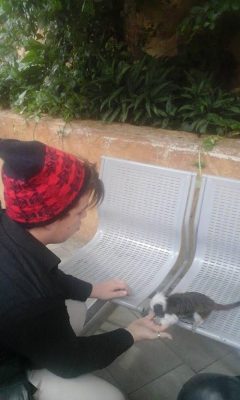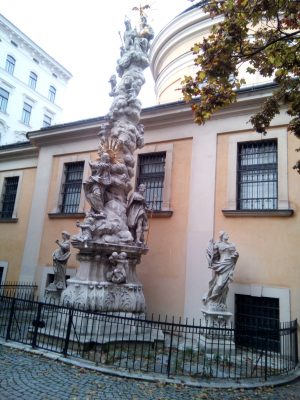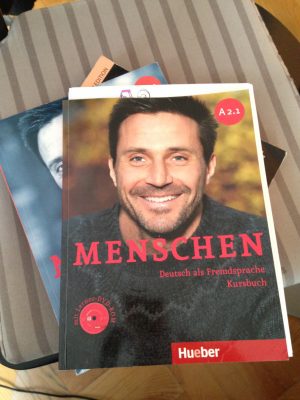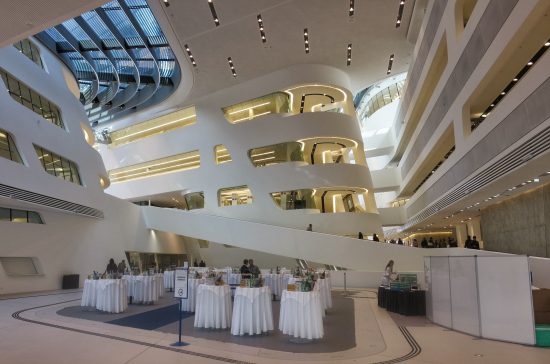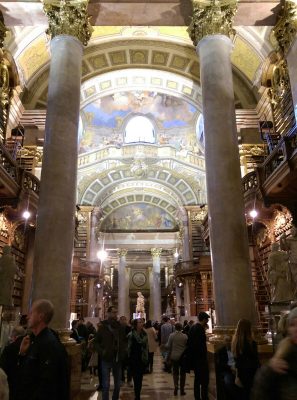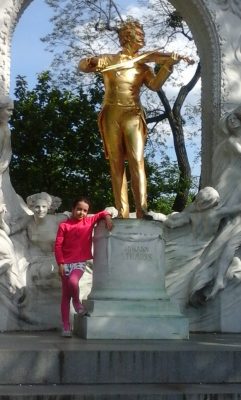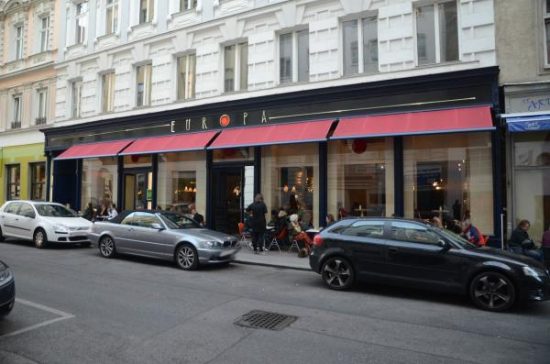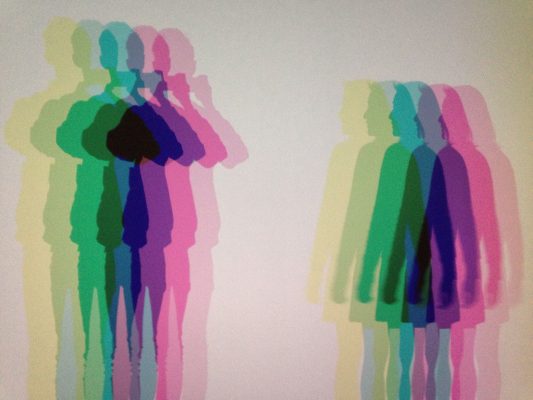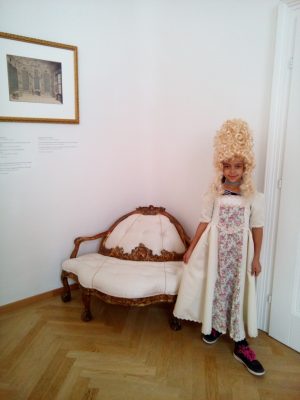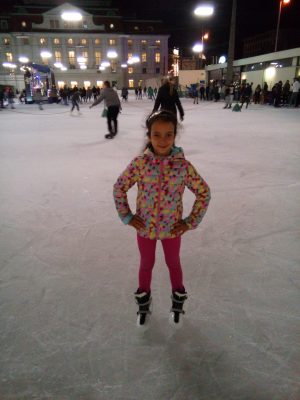Heute habe ich die Gassen und Straßen der Mariahilf besucht. Das ist der 6. Bezirk und gehört zu den inneren Bezirken Wiens. Er ist der zweitkleinste Bezirk Wiens.
Die Geschichte lautet, dass bereits im Jahr 2.000 vor Christus das Wiental von Indogermanen besidelt war. Während der Römischen Kaiserzeit errichtet die Römer ihr Militärlager.
Vor der ersten Türkenbelagerung im Jahr 1529 gab es hier WeingÄrten, die zerstört wurden, sowie die Klöster und die Häuser. Auch die zweite Türkenbelagerung im Jahr 1683 hatte hier Verwüstung und Zerstörung hinter sich gelassen. Ab 1704 entwickelten hier die Dörfer und heute kann man eine schöne und alte Architektur geniessen, eine Mischung von Vergangenheit und Modernität.
Mariahilf war bereits nach seiner Gründung im Jahr 1850 sehr dicht besiedelt. Im Jahr 1869 gab es hier mehr als 67.000 Einwohner, aber schon im Jahr 2015 lebten nur rund 31.000 Personen in der Mariahilf. Von denen sind 19,6 % Ausländer, vor allem aus Serbien und Montenegro.
In der Mariahilf gibt es zahlreiche Theater und Kinos, aber auch viele Museen. Einige der bekanntesten sind das Glasmuseum und das Haus des Meeres. Dieses habe ich auch schon besucht und empfehle alle, die die Stadt besuchen, auf dem Dach gibt es ein Café mit einem Aussichtspunkt und von dort aus kann man die ganze Stadt sehen. Das Haus des Meeres befindet sich im ehemaligen Flakturm im Esterházypark, der größte Park dieses Bezirkes, aber es gibt noch zehr Parkanlagen mehr in der Mariahilf.
Hier befindet sich auch der berühmte Naschmarkt. Er ist der größte innerstädtische Markt der Stadt und zählt unter der Wiener Sehenswürdigkeiten, Ich empfehle seinem Besuch auch.

